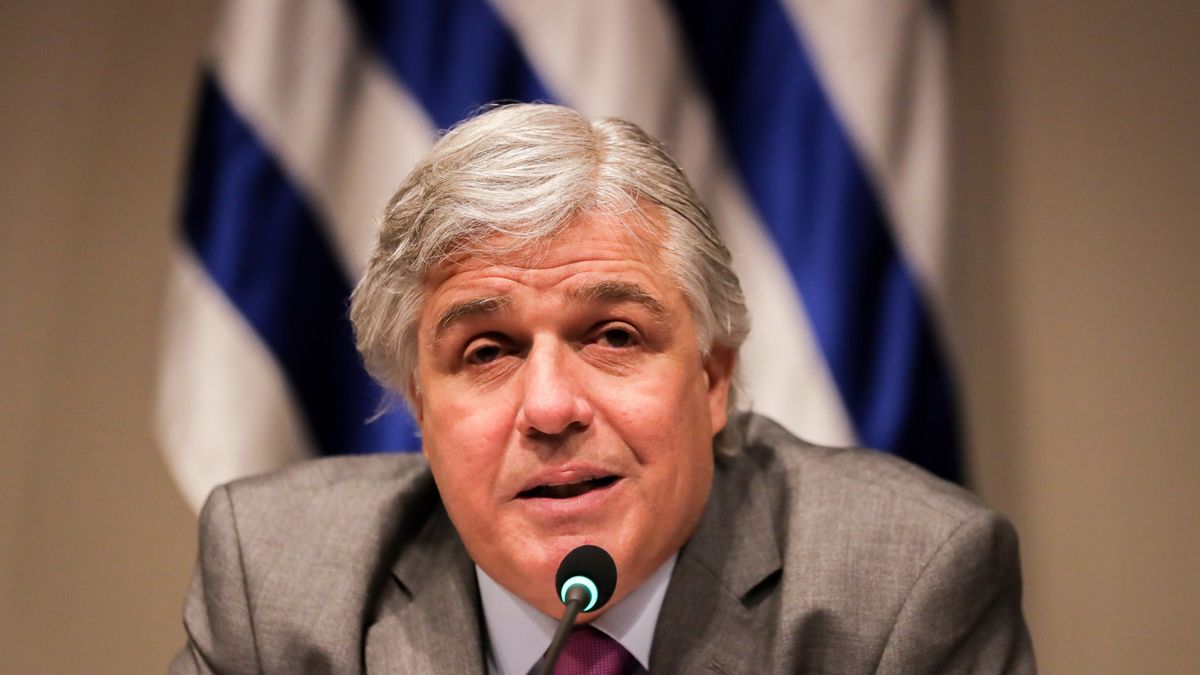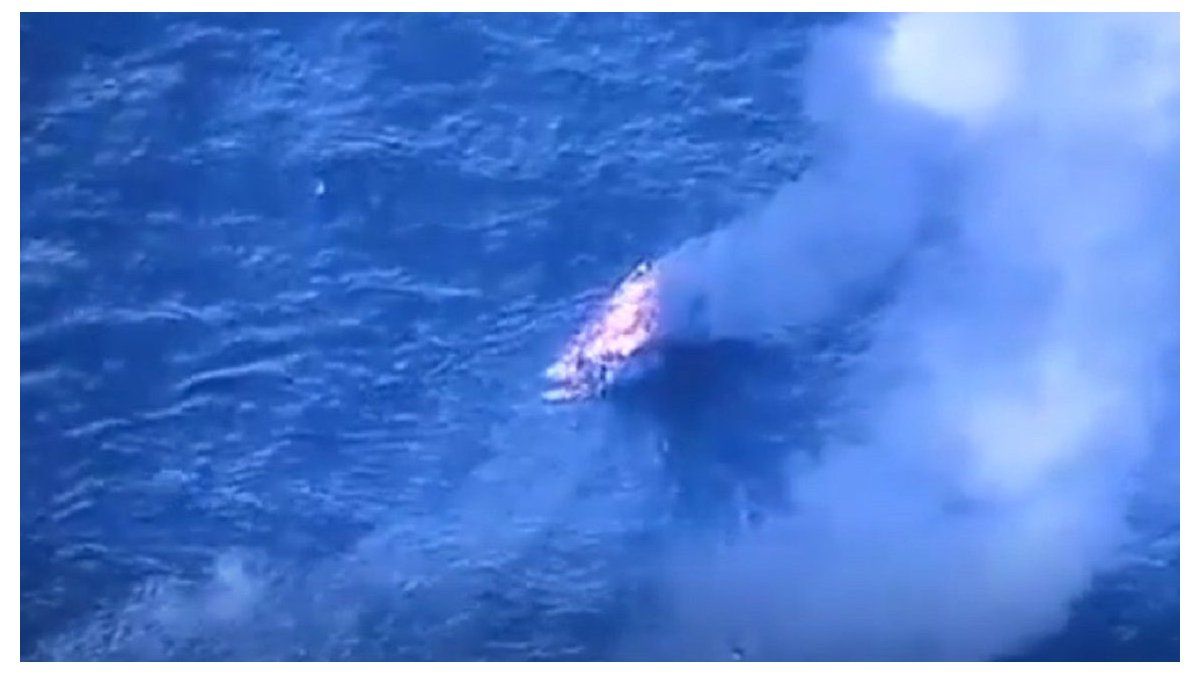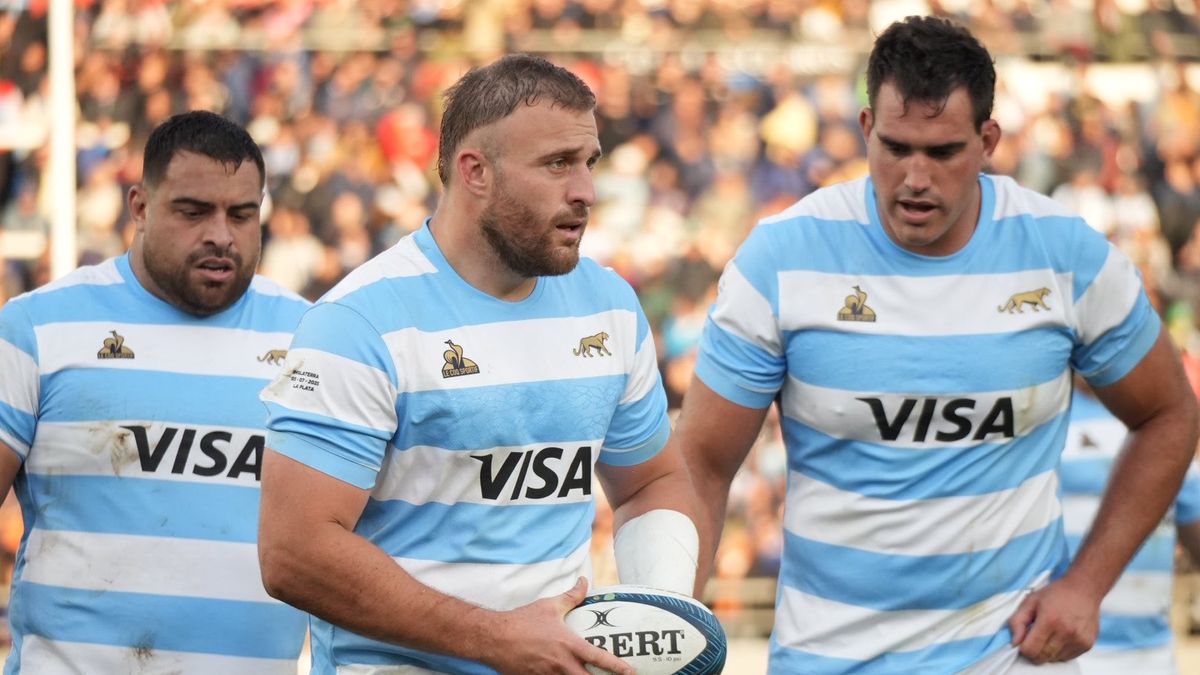The Foreign Minister, Francisco Bustilloarrived this Sunday in the People’s Republic of China with the intention of discussing the negotiations of the Free Trade Agreement (FTA) that come with slow steps.
https://twitter.com/MRREE_Uruguay/status/1647567242987552768
In July 2022 the president Luis Lacalle Pou announced that, after ten months, the feasibility studies satisfactorily. However, after that event, something that seemed to be the culmination of negotiations ended up postponing talks with the Asian country for ten months.
An intermediate initiative, between discussions and confrontations with the members of the mercosur by the progress —purely theoretical and hypothetical— of the FTA individually by the country with one of the strategic partners of the region, was the change of chief negotiator with China, always with the same objective: to try to unblock the talks.
Thus, last December, it was announced that the then Chief of Staff of the Foreign Ministry, Fernando López Fabregat, would be replaced by the Uruguayan ambassador in Germany, Gabriel Bellón, with extensive experience in large-scale multilateral and trade agreements in positions such as general manager for Integration and Mercosur issuesthat of chief negotiator of Uruguay for the negotiations between the European Union (EU) and the regional block between 2016 and 2017.
This castling – while López Fabregat was transferred to the vacant position in Berlin— It took effect in February. However, little else has happened since then in terms of progress with China, as the Asian giant signed a “Express” FTA with Ecuador, in just a total of ten months.
The role of Brazil
China asked for “patience” in November, in the face of pressure from the Uruguayan government and growing concerns about the null progress in the FTA. At that time, the explanations pointed to technical reasons linked to the completion of a “state of the art” and “very comprehensive” agreement.
The Chinese diplomats argued that the extra time was due to “consultations and coordination with all government departments”, as well as “unions and all sectors involved”; and a recomposition of the team in charge of the talks to achieve the best agreement possible, even though the feasibility study had already been submitted for several months.
But, and even despite the fact that from the other side of the world they contrasted the “rapid” progress with Uruguay in relation to Colombia —which analyzes a feasibility study for 10 years and with no visible end in the short term—, the anxiety grew to the point that Bustillo himself came to say in December that the only thing missing “is for China to show signs” of interest.
The delays, however, were not accidental, and coincided with electoral times in Brazil and the possibility of a political change of government that finally happened. The return of Lula da Silva to the presidency meant the reopening of the key alliance between the two powers – members of the BRICS— and, therefore, of new lines of negotiation at the regional level.
The scenario changed and so Brazil began to play a more important role in the Uruguayan FTA. This was also understood by Lacalle Pou, who moderated his attitude towards regional partners and approached the Brazilian president as a possible access route to a cold and increasingly distant China in terms of bilateral trade.
Source: Ambito




